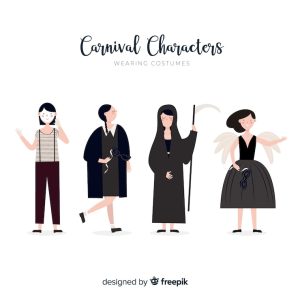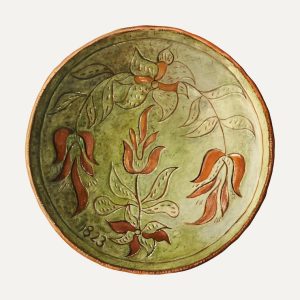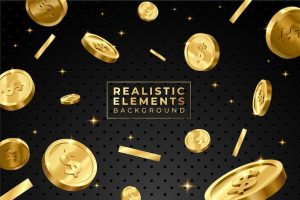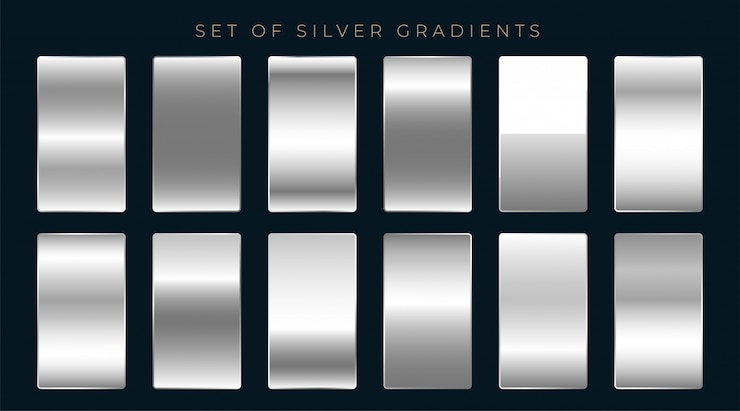
How’s that for discouraging counterfeiting! 🙂
I saw this phrase on an old colonial note that a friend showed me. The more I looked at it, the more I thought it would be a great addition to my collection. So, we ended up making a trade!
I actually got two of his old colonial notes in exchange.
I traded him an Egyptian 20 Piastres coin, which is pretty large, ornate, and made of silver (dated 1335-1917, worth about $65). Along with that, I gave him five $1 silver certificates from the 1950s (worth $10), and a 1000 Hungarian Kronen note with a red stamp from 1902. I had bought that one at an auction for $7 just for trading purposes, and the timing finally worked out! 🙂
This is exactly what I love about trading and the world of numismatics—you never know what treasures you’ll end up with or what will spark your excitement when you meet fellow collectors.
I had no idea that the next day, I’d wake up owning these pieces. I also learned a bit of history from this period. We both traded away items that we weren’t very attached to—I liked the Egyptian coin, but not enough to keep it in my prized collection, and my friend was happy to part with some notes since he had plenty. It was a win-win all around.
I can’t stress enough how much trading and learning can enhance your hobby experience. If you’re into this like I am, definitely check out your local coin club. They’re full of knowledgeable people and fascinating collections! 🙂
Here are the pictures of what we traded. I hope your collecting adventures are going great!
(I’m not sure which side is the front or back, so I’m just sharing them in the order I like the most. This applies to all the notes and coins listed—I’m not an expert in any of them!)
To Counterfeit is DEATH. / Three Pence / Philadelphia / Printed by / John Dunlap. / 1777. / Three Pence
Three Pence. / This bill shall pass current for Three Pence, according to an Act of General Assembly of the Commonwealth of Pennsylvania, passed on the Twentieth Day of March, in the Year One Thousand Seven Hundred and Seventy-Seven. Dated the Tenth Day of April, A.D., 1777. / Three Pence.
(If you’re curious about the cut on this note, as I was, my friend explained that they used to nullify them by cutting a piece out. I tried Googling it, but most cancellations I saw involved holes or diamonds, not triangles off the side.)
United States / Eight Dollars / The United States ensures the payment of the within Bill. And will draw Bills of Exchange for the interest annually, if demanded, according to a Resolution of Congress, of the 18th of March, 1780. / *Signature* / Printed by HALL and SELLERS. / The United States (upside down)
Eight Dollars / State of Massachusetts-Bay. / No. 18399 Eight Dollars. / The holder of this Bill shall be paid EIGHT Spanish milled DOLLARS by the Thirty-first (?) Day of December, One Thousand Seven Hundred and Eighty-six, with interest in like money, at a rate of Five percent per annum, by the state of Massachusetts-Bay, according to an Act of the Legislature of the (fair?) state, of the Fifth Day of _____ 1780. / *Signature*







